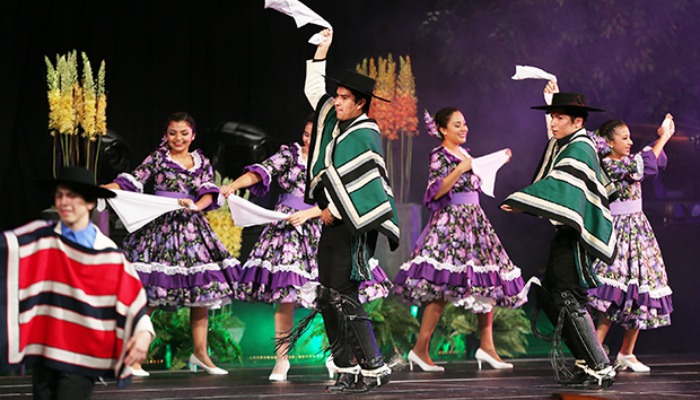Latino Members, Muslims, and Mormon Immigration
It was in 1935 that Brother John O’Donnal received in his patriarchal blessing the promise that he would “perform a great work among the Lamanite people in countries farther south.” Just six years later, he was recommended by a professor for a job with the U.S. Department of Agriculture on an experimental rubber plantation in Guatemala.
During his time there, Brother O’Donnal felt the impression that the Guatemalan inhabitants were just waiting to hear the gospel. On September 7, 1947, the first sacrament and testimony meeting was held in Guatemala, with Brother O’Donnal serving as one of the first four missionaries for the Guatemala-Costa Rica area.
Today, Guatemala is often referred to as the “Utah of Central America” boasting 420 congregations, 6 missions, and a membership of over 200,000.
LDS membership in Latin American countries shows the highest rate of growth worldwide, and between 2000 and 2010, the number of Spanish language wards in the U.S. nearly doubled. With Latino membership in the United States continuing to rise, what has long been one of the least racially diverse religious groups in America is beginning to change.

Without a professional clergy, the LDS Church offers all individuals, including Latino members, leadership opportunities. The Church also works in order to accommodate culture and embrace heritage. This can still be difficult in a Church where diversity is still relatively low and American traditions reign supreme in U.S. Church culture, as Nelda McAllister observed in her essay My Story as an LDS Latina. “But our church welcomes anyone,” McAllister writes. “It teaches the compassion of Christ, and it is a great nourisher of families.”
“The growth of the LDS Church, other than from natural births, comes from people of color: Asians, Africans, and Latinos,” BYU Professor Ignacio Garcia told NBC News. “One day, this will be a church for people of color. And once the tipping point arrives, it will be a freefall.”
In anticipation of this “freefall”, the Church has become more vocal on its stance on immigration. In 2010, the LDS Church endorsed the “Utah Compact“, a bill calling for more humane treatment of immigrants. More recently, in 2014 the Church took a firm stance in favor of comprehensive immigration reform.
Recently, the Church has come under attack for its position in welcoming immigration, specifically Muslim immigration. Former Colorado Congressman and Ex-Republican, Tom Tancredo, referred to the LDS position as “an episode of moral incoherence.” Tancredo’s piece was published in Brietbart, a news outlet run by Trump’s campaign chief executive.
In response, Deseret News published an article addressing Tancredo’s statements. The Church-owned news source wrote:
Tancredo has clearly not read the stated immigration policy of the LDS Church, the owner of this paper. And we would offer that the real “moral incoherence” lies not with church leaders but with hardline advocates who call for immediate action on immigration but seem unwilling to do the hard work of engaging stakeholders to achieve meaningful reform.
Mormon history is rife with stories of prejudice and hatred that drove Latter-day Saints from one land to the next until they finally settled in Utah. With the recent emphasis on upholding religious freedom made by Church leaders and a membership becoming more diverse, being able to balance the law of the land and members’ concerns becomes a trying task.


